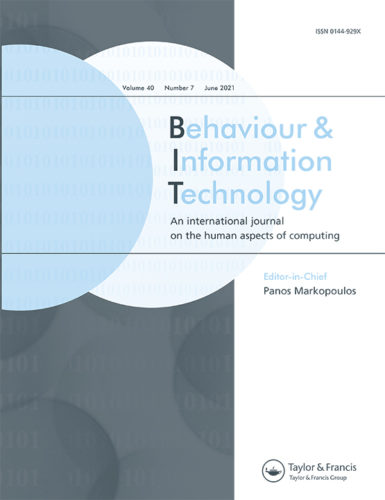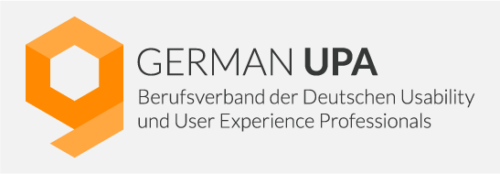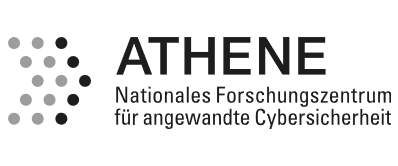 We are happy to announce a call for papers:
We are happy to announce a call for papers:
Special Issue: Usable Security and Privacy with User-Centered Interventions and Transparency Mechanisms
In: Behaviour & Information Technology, a prestigious journal focusing on research on usability and user experience, human centred interaction, human-centred and user-centred design, and human aspects of the digital world, published by Taylor & Francis, with an Impact Factor of 3.086 and listed as top publication on the HCI Google Scholar list (https://scholar.google.de/citations?view_op=top_venues&hl=de&vq=eng_humancomputerinteraction).
Important Dates
- 2021 June 1st – CfP published
- 2021 September 1st – Extended Abstract (1500 words) and intention to submit letter (both via e-mail): bit-usec@peasec.de
- 2021 October
1st15th– Full submission of manuscript - 2021 December
1st15th – First Notifications - 2022 February
1st15th – Revisions due - 2022 April 1st – Second Notifications
- 2022 May 1st – Final Versions
- 2022 Special Issue published
Special Issue Guest Editors
- Christian Reuter, Science and Technology for Peace and Security (PEASEC), Technical University of Darmstadt, peasec.de/team/reuter
- Luigi Lo Iacono, Cyber Security and Privacy, Hochschule Bonn-Rhein-Sieg University of Applied Sciences, https://www.h-brs.de/de/inf/prof-dr-luigi-lo-iacono
- Alexander Benlian, Information Systems & E-Services, Technical University of Darmstadt, https://www.ise.tu-darmstadt.de/ise_institute/ise_team/alexander_benlian.de.jsp
*Contact: bit-usec@peasec.de
Key words
Usable Security, Usable Privacy, Transparency-Enhancing Technologies, Intervention Mechanisms, Security and Privacy Literacy
Introduction
Addressing end-users’ needs and capabilities adequately is a decisive factor when aiming to enhance security and privacy. Hence, researchers stress the importance of finding effective ways to assist users make informed and adequate security and privacy decisions and act accordingly. While most transparency-enhancing technologies and user intervention mechanisms are one-size-fits-all approaches, they are often not as effective as desired from the user perspective. Thus, context-aware and user-centred solutions constitute a current trend to increase transparency and intervention effectiveness. Thereby, considering differences in security and privacy behaviour is crucial, both regarding different contexts and different groups of end-users. There are different types of transparency views and intervention mechanisms, ranging from default configurations to providing end-users with risk information. When forcing people’s decisions towards a desired outcome without being neither clear nor convenient, people tend to find workarounds. For example, if users are forced to adopt higher online security, it may reduce their willingness to follow the advice when the benefits are not clear and the desired behaviour appears to be a disproportionately big effort. In that case, users often choose convenience over security. To avoid this, it is necessary to provide both the required and desired information to users in a way that aligns with their internal representations—so-called mental models. Once users understand the mechanisms they are confronted with, they could make better decisions.
Scope
- This special issue welcomes submissions from the research field usable security and privacy.
- We specifically focus on papers on user-centred transparency and interventions, visualization mechanisms, and approaches to increase information security and privacy literacy.
- Papers may be conceptual, theoretical and/or empirical in nature with a focus on empirical-based conceptual work with theoretical impact.
Submission Instructions
- The highest scientific quality with practical impact is critical for each paper. All contributions will be rigorously peer reviewed.
- The publications must be original papers. If they are based on conference proceedings, additional contributions are necessary and need to be clearly outlined.
- The expected length is about 6,000-12,000 words.
- Please submit your paper preferable in the format “Association for Computing Machinery (ACM) – Small”. All sections need to be numbered, and submitted in single-spaced format.
- The submission site is https://mc.manuscriptcentral.com/tbit
- As author you agree to review at least two submissions.
This special issue is supported by
- Expert Group “Usable Safety & Security” of the German Informatics Society (GI), https://peasec.de/projekte/fachgruppe-usesafesec/
- Working Group “Usable Security & Privacy” of the German UPA, https://germanupa.de/arbeitskreise/arbeitskreis-usable-security-privacy
- National Research Center for Applied Cybersecurity ATHENE, http://www.athene-center.de
- Collaborative Research Center CROSSING (DFG SFB 1119), https://www.crossing.tu-darmstadt.de/







